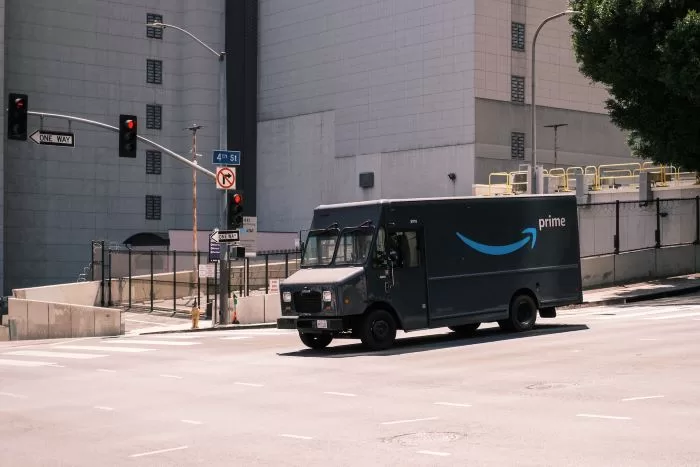Auto
What Happens When a Company Car is Involved in a Car Accident?

When a company car is in an accident, it can be hard to determine who’s at fault, who pays for the damages, and what steps to take to ensure you’re legally, medically, and financially secure. That’s because you have to follow a different procedure if a company vehicle is in a car crash.
What to Do When You Crash a Company Vehicle
Car crashes are often complicated and expensive. The cost of a vehicle collision can range from $4,700 to almost $2 million, but you can save time and money by doing the following things.
Step 1: Deciding Who’s to Blame
Determining fault after a car accident is usually black-and-white: the person who collided with the other person is typically at fault. However, it’s harder to determine fault when a company vehicle is involved, as you, the other driver, or the employer could be held liable for the accident.
Let’s look at a few scenarios if you’re involved in a rear-end accident. Since rear-end collisions are the most frequent type of collision, you’re more likely to be involved in this type of accident.
● Scenario 1
The driver rear-ends a car at a red light because they were distracted. In this scenario, the driver is responsible because they weren’t paying attention to the road.
● Scenario 2
The driver is rear-ended by another vehicle at a red light. In this scenario, the other driver is clearly responsible because they were the distracted party.
● Scenario 3
The driver tried to break at a red light, but due to a mechanical failure, they rear-ended another vehicle. In this scenario, the employer is at fault because they’re responsible for adequately maintaining their company vehicles and other property.
If an employer buys a pre-owned car, they have to make sure it’s safe to drive before handing it over to the employee. Otherwise, they’re putting their employees and reputation at risk.
Step 2: Deciding Who Has to Pay
This step is more straightforward, especially if scenario 2 or scenario 3 occurs. However, if an employee crashes their car and fault is difficult to determine, the employer and/or their insurer won’t have to pay if the employee was using the company car beyond the scope of their duties.
For example, if an employee used a company vehicle to get groceries for personal use and they crashed the car, the employee may be obligated to pay for any damages or injuries.
To avoid any gray areas, employers should issue a company car contract that outlines the employee’s and employer’s obligations for the use or maintenance of the vehicle. It’s crucial to clearly outline what voids the employee’s right to claim “no-fault,” so long as it’s lawful.
Step 3: Considering State and Local Laws
The majority of states follow a traditional “tort liability system,” allowing drivers to recover compensation if the accident was caused by someone else’s negligence or misconduct. But if you’re in a “no-fault state,” that will affect the cost of your insurance and your recovery options.
If the accident occurred in a no-fault state, the policyholder’s insurance (i.e., the employer’s) would reimburse the victim’s economic damages without proof of fault. In exchange, the driver typically can’t sue the at-fault driver unless they seek compensation for noneconomic damages.
In Kentucky, New Jersey, and Pennsylvania, policyholders are allowed to choose between the tort and no-fault system. If you’re given a choice, most drivers will choose the no-fault system, as the process of making a claim and covering costs is less complicated and less expensive.




















































